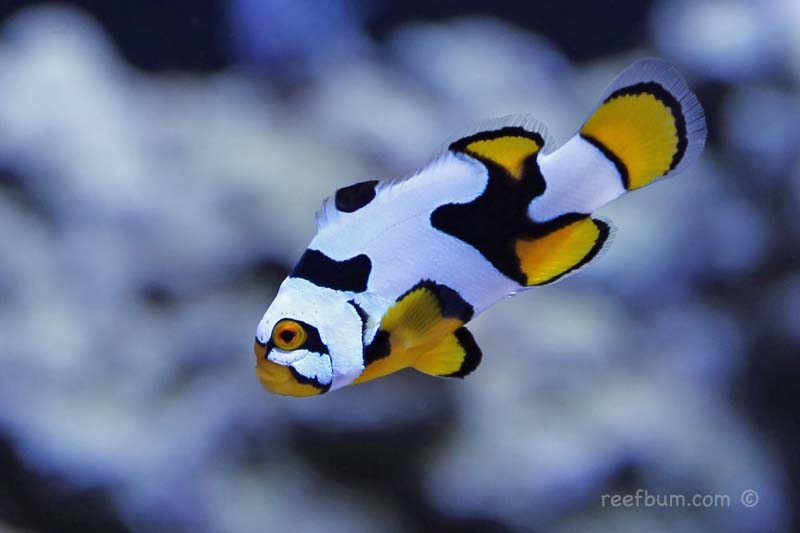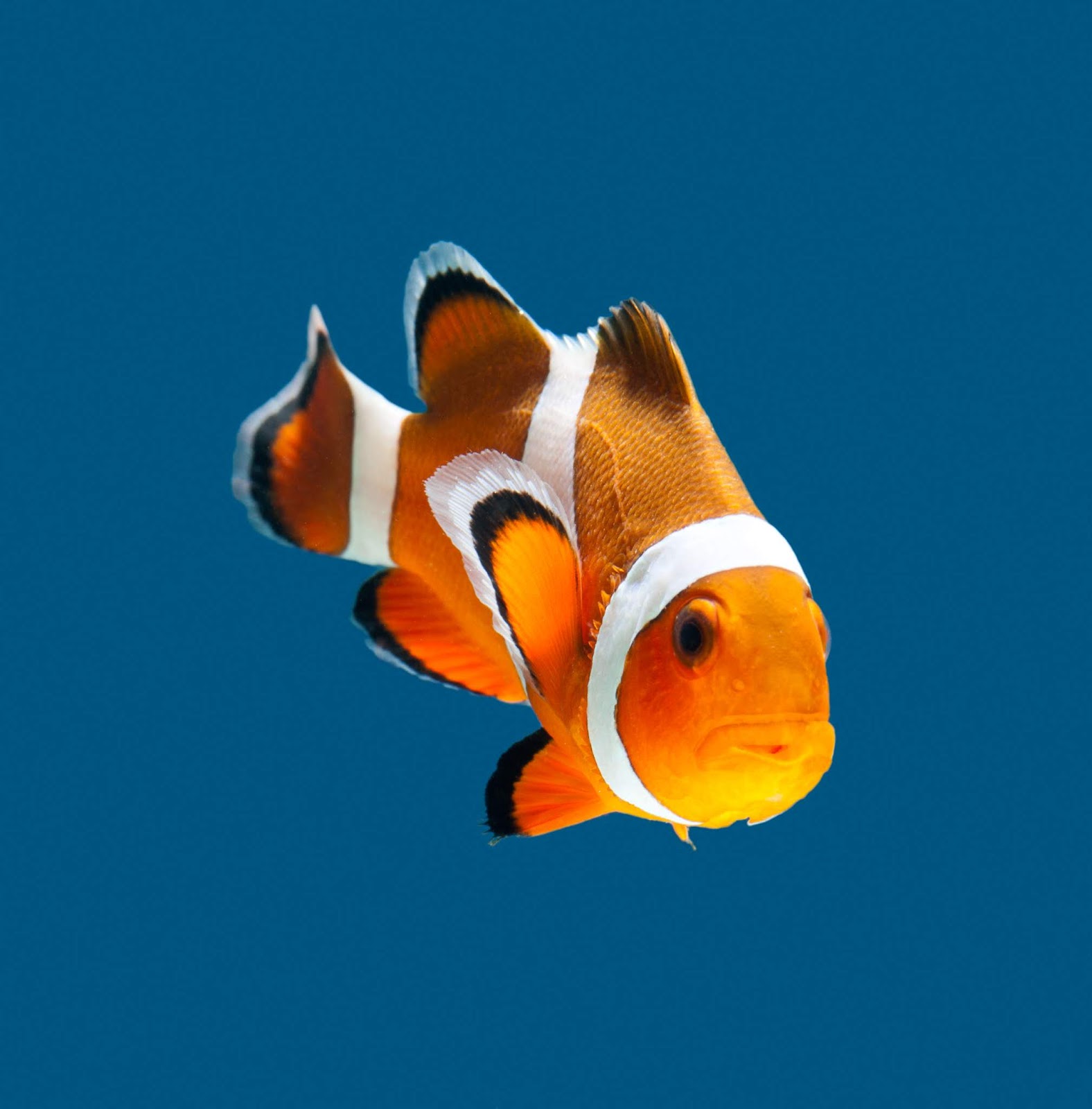

As spawning nears, the female helps clean of debris and algae. Initially, the male prepares a nesting site on a bare rock or coral pavement substrate close to the anemone, often just under the anemone’s tentacles or at its base. The next largest male usually becomes the breeding male.Ĭourtship begins three to five days before spawning and includes substrate biting in which the fish bites rocks and corals, extension of fins, and chasing. Should something happen to the female, the male of the breeding pair changes to a female, rapidly increasing in size. She controls the dominant male from becoming a female while he controls the juveniles from becoming mature males. The larger fish of the pair is the female. A typical harem living in the host anemone consists of a breeding pair and up to four juveniles (non-breeders).

ReproductionĬlownfish are protandrous hermaphrodites, meaning that they all mature as males but have the ability to change their sex to female. They feed primarily on zooplankton but also eat bottom dwelling invertebrates, and algae They also nibble on the tentacles of their host anemones at times. These fish can grow to a length of 11 cm (4.3 in) however, the average length is 8 cm (3.15 in). The fins of this species have black tips. The bands range from a thick line to patches of black on the sides of the fish. Thick black bands around the white bars separate the orange and white portions of the body. Their body color is a bright orange with three white bars, the middle with a forward bulge centrally. The body shape of clownfish is perch-like-oval and laterally compressed with an interrupted lateral line. They have three anemone hosts on which there are dependent-outer reefs: magnificent anemone Heteractis magnifica and leathery anemone Heteractis crispa, and on shore reefs: giant carpet anemone Stichodactyla gigantea. HabitatĬlownfish live on coastal seaward reefs and in shallow and sheltered lagoons at depths of 1-12 m (3.3-39.3 ft). A rare black variation is found around Darwin, Australia. Native to the Andaman Sea to Northwest Australia, central Indonesia and the Philippines, and southwest Japan. They are fed krill (a small shrimp-like animal) and pieces of finely chopped seafood. It already fully displays two anterior stripes, on the head and trunk, while a third is forming on the tail.CONSERVATION STATUS: Safe for Now - ProtectedĬLIMATE CHANGE: Not Applicable At the AquariumĬlownfish are found in an exhibit in the Aquarium’s Tropical Pacific Gallery. bicinctus.įifteen-day-old juvenile clown fish (A.

Four species of clown fish (genus Amphiprion), clockwise from top left: A. Species differ in the number of white stripes they display: zero, one (head), two (head and trunk), or three (head, trunk, and tail).
#Clown fish full#
The full spectrum of clown fish colors is not limited to orange or red but ranges from yellow to black. This should clue them in to the processes behind color diversification and the role color plays in the social organization of reef fish. The research team would like to follow up by identifying the genes that control the acquisition of white stripes for a greater understanding of how they evolved. Over the course of evolutionary history, some species of clown fish gradually lost stripes, resulting in today's range of color patterns. Just like today's clown fish, these ancestral stripes were made up of pigmented cells called iridophores containing reflective crystals. They discovered that their common ancestor sported three stripes. In an attempt to understand the origin of these patterns, the scientists delved into the evolutionary history of clown fish. The team further observed that some stripes are occasionally lost between the juvenile and adult stages, this time beginning at the tail end. Stripes appear one at a time, starting near the head and progressing towards the tail, during the transition from the larval to the juvenile stage. The researchers then deciphered the sequences of stripe appearance and disappearance during the life of a clown fish. Such recognition is critical to the social organization of clown fish living among sea anemones where several species may be simultaneously present and young fish seek to establish permanent homes. The team first demonstrated that stripes are essential for individual fish to recognize others of their species. These researchers focused on clown fish, a group including thirty-some species distinguished by numbers of white stripes (zero to three) and by their colors, including yellow, orange, red, and black. Coral reef fish are known for the wide range of colors and patterns they display, but the mechanisms governing the acquisition of these characteristics are still poorly understood.


 0 kommentar(er)
0 kommentar(er)
